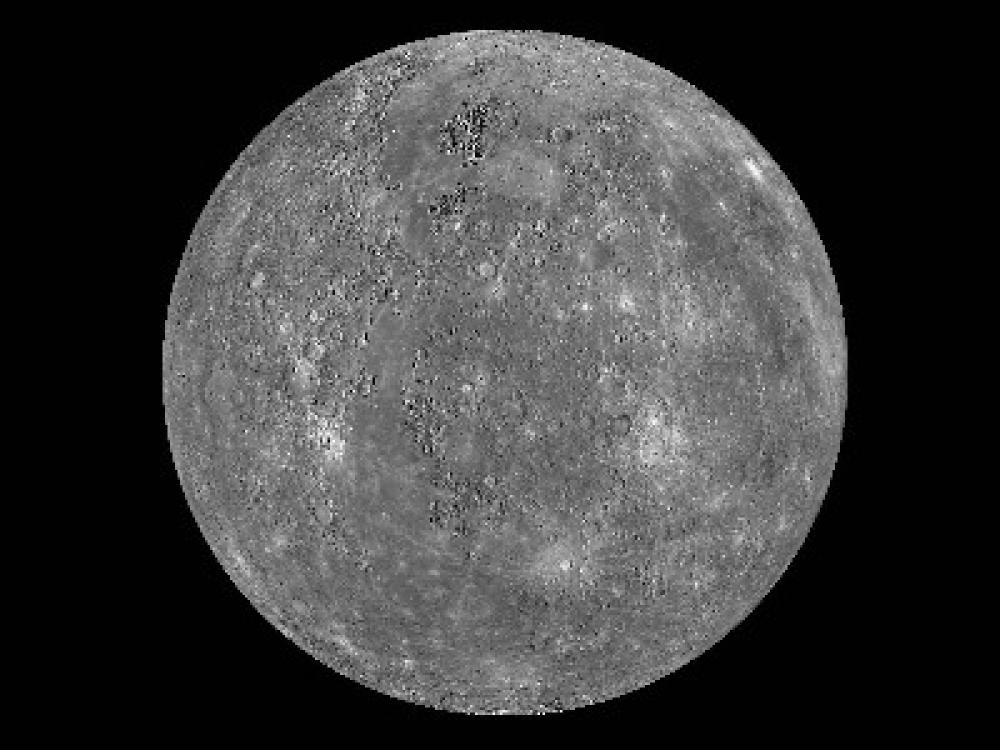The rotation of Mercury is presently trapped in a 3/2 spin-orbit resonance. This means that the planet rotates three times about its spin axis for every two orbits about the Sun. However, recent observations with the Messenger spacecraft have shown that it was not always so.
In a paper published in Nature Geoscience, an international team of astronomers, including Alexandre Correia, found strong evidence that the planet once rotated synchronously with the Sun (as the Moon does with the Earth). The team also explained how the present 3/2 configuration could be obtained due to impacts with large asteroids, starting from a retrograde rotation.
Using computer models that simulate the long-term evolution of Mercury's rotation, the team started the simulations by assuming that Mercury initially had a retrograde rotation (east-to-west) in the past instead of a prograde one (west-to-east). Current planet formation models suggest that the initial spin of terrestrial planets in the Solar System could have been either prograde or retrograde - with equal probability - so making such an assumption is not outlandish. In this situation, it was shown that Mercury evolves to the synchronous resonance naturally.
Moreover, in contrast to previous studies, the new model can make real predictions about the density and distribution of impact craters on the surface of Mercury. For a synchronous orbit, for example, the model implies that there should be more craters on the dark side of Mercury - that is, the side that does not face the Sun. This is exactly what astronomers observe today when they analyze Mercury's craters data from Messenger.
The calculations also suggest that a large asteroid impact may have disrupted this initial synchronous rotation. A giant impact like the one that formed the Caloris Basin unlocks the spin from the synchronous resonance and the planet subsequently evolves into the present 3/2 observed state.Researchers will now look for other evidence of the initial synchronous rotation, such as different thicknesses in the lithosphere (the rigid, outermost shell of a rocky planet) on the light and dark sides of Mercury. The Messenger probe, currently in Mercury's orbit, will hopefully provide further insights.
